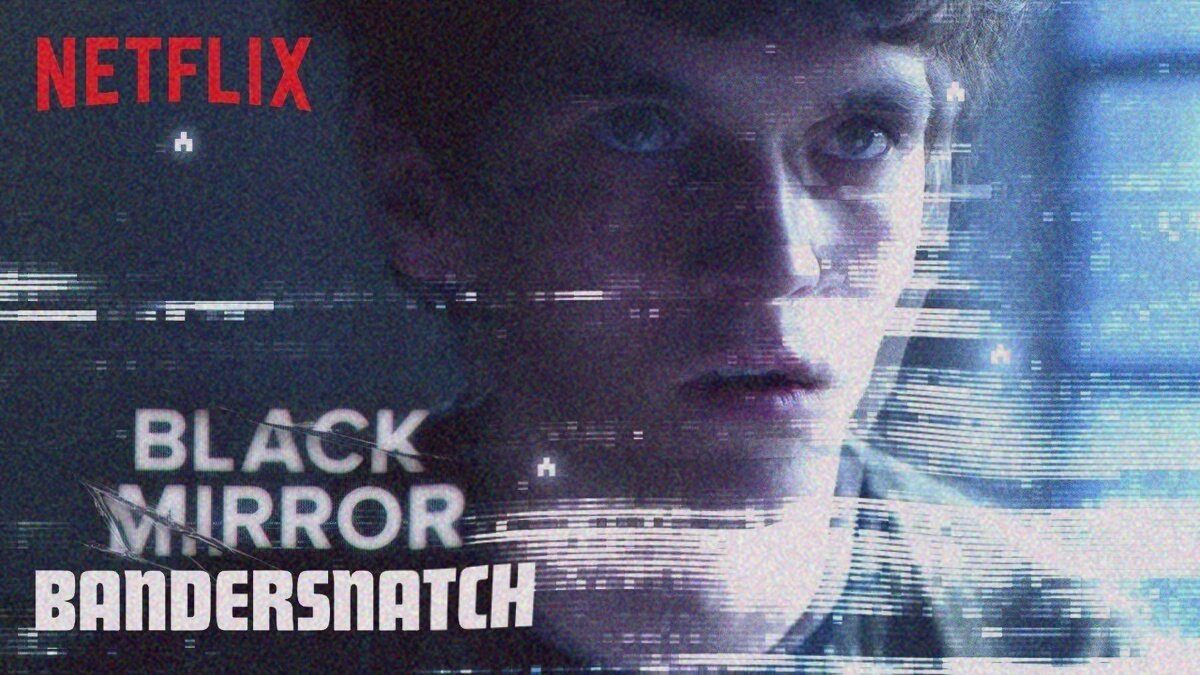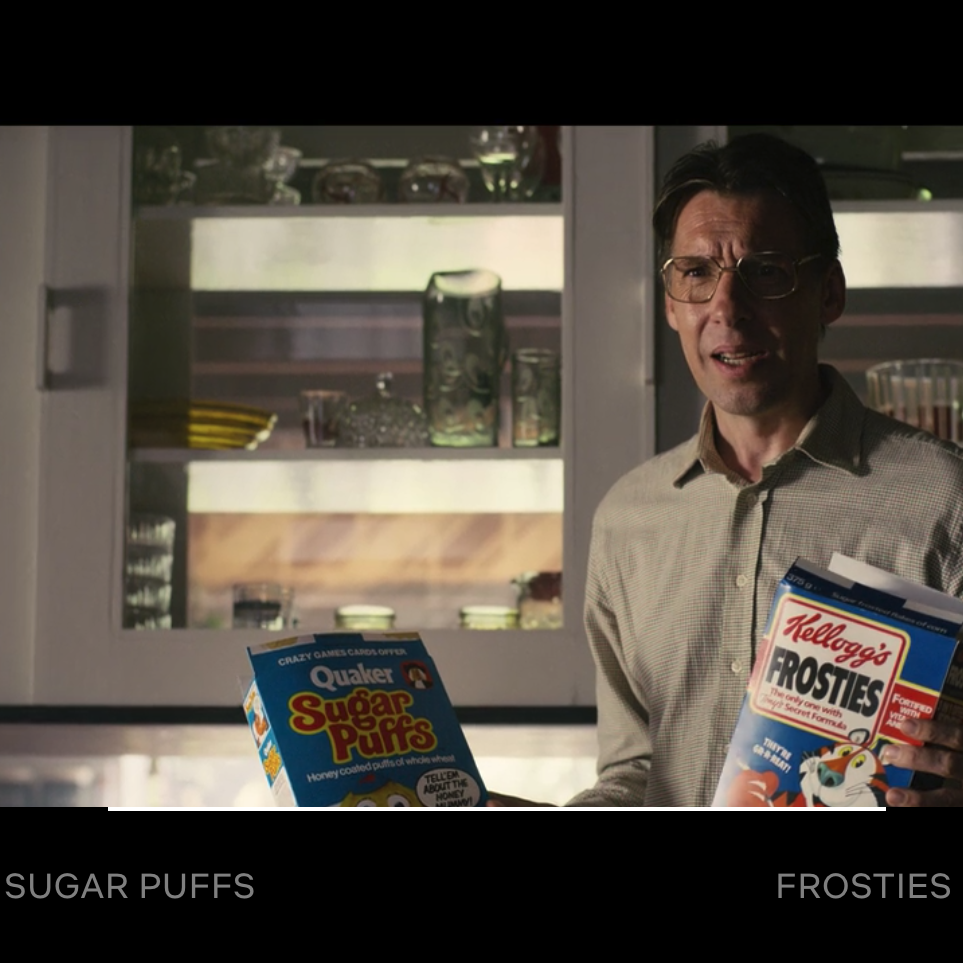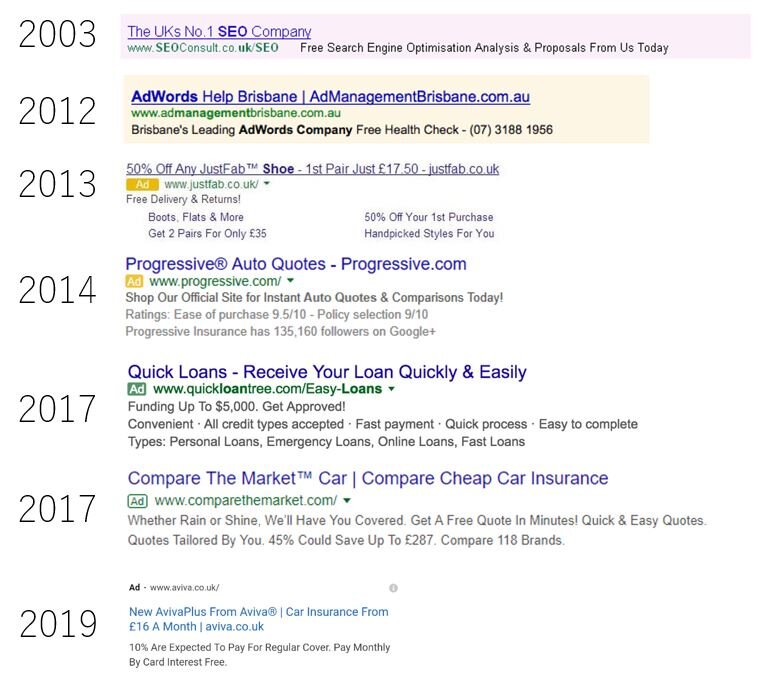
Black Mirror: Bandersnatch (2018) is an interactive film in which viewers are periodically asked to make decisions for the main character Stefan Butler, the decisions then result in different scenes, and paths through the film, resulting in a branching path to a variety of endings. Think “choose-your-own-adventure”, but in interactive video.
Since television viewers are conditioned to be passive spectators, the film included a tutorial early on to help viewers become familiar with the choice mechanic. The first example asks the viewer to make a seemingly trivial choice of which breakfast cereal the main character Stefan eats for breakfast: Kellogs Frosted Flakes™, or Quaker Sugar Puffs™.
by giving the viewer the power to change the course of the storyline, the viewer’s role changes from one of voyeurism to one of active surveillance. Nevertheless, and in reality, the viewer’s new power only increases the tracking and profiling of his/her choices. We, the viewers, might control Stefan, but Netflix (the producer of this commodity) panoptically monitors and surveys us1.
Nada Elnahla Black Mirror: Bandersnatch and how Netflix manipulates us, the new gods
The choice mechanic not only shows the viewer how choices are presented during the film, but demonstrates how the choice is stored and recalled by the film later when a retro commercial with Tony the Tiger plays on a TV in the background: programmatic product placement. This simple mechanic has wide reaching implications for a future of personalized content marketing.

This mechanic can be infinitely scaled, it would be easy to replace the cereal box with a simple green screen, and inject the ad in post-production. In fact, similar technology is already being used by broadcasters of sports matches, where they show different advertisers on the perimeter boards based on the viewing market. The difference, of course, is these ads would be placed per-viewer rather than per-market.
The first phase of advertising was display advertising, brands created single non-personalized campaigns, to appeal to the widest possible audience. This campaign included billboards, newspaper & magazine ads, television, and radio advertisements. The ads were either stand-alone with billboards, or content-adjacent with magazine, television and radio advertisements. Placement was determined by non-specific general demographic data.
With the arrival of the Internet, advertising shifted to online advertising in which real time bidding platforms placed ads that were tailored to appeal to certain demographics. This method allows for more control for the advertiser (or agency) over the individual target audience, rather than just the website or app it appears on.
With advancements in social media and machine learning, behavioral advertising emerged as a method to place highly relevant, personalized ads in relevant user contexts that increases influence in brand-positive consumer outcomes. In effect, behavioral advertising collects data from web browsing behavior and app engagement, finding patterns that lead to purchasing outcomes. If a consumer was frequently searching for plane ticket prices, the targeting system would recognize this and start showing related adverts across unrelated websites, such as airfare deals on Facebook. Its advantage is that it can target individual’s interests, rather than target groups of people whose interests may vary. These ads can be personalized and unique. These ads are content-adjacent.
Where Bandersnatch Marketing is different is how it integrates the technical advancements of machine learning and big data from behavioral advertising and marries advertisements directly into the content. In effect, these ads are not content-adjacent, but content itself.
With this approach, the cereal Stefan eats wouldn’t necessarily have been an obtrusive viewer choice, but instead based upon a real-time ad placement chosen by an advertising networks knowledge of the individual viewers behaviors on the Netflix platform or from data collected from other ad networks. For a young kid it could’ve been a bowl of Lucky Charms™, for the health-conscious adult siggi’s yogurt, and the Paleo-eating CrossFitter it could’ve been an Epic™ meat snack bar.
What this means is, if done well, the ads disappear and become content, seamlessly. The ads no longer influence buying behavior as much as the entire experience gently nudges the viewer, more subversively, and more efficiently. The success of this approach lies in subtlety, the product placement must not be frequent nor blatant.
Even the role we, the interactive viewers, play has now changed. Instead of being passive viewers/consumers, Netflix has given us the opportunity to become the new gods, an omniscient presence that controls the Black Mirror world. A closer look, however, shatters this reality, for the more control we are given, the more we are manipulated.
Nada Elnahla Black Mirror: Bandersnatch and how Netflix manipulates us, the new gods
Superficially, this approach solves a problem for Netflix: How do you make money advertising to a userbase who’ve become accustomed to paying for an entirely ad-free experience? The approach of content-oriented product placement seems reasonable, and Netflix will be able to associate products with content, microgenres, or specific demographics. Additionally, it will be able to directly test product designs (e.g., two different Frosted Flakes box covers), as a service Netflix could sell to brands before production begins.
But the bigger business Netflix is building is the underlying infrastructure to support content-oriented experiences through interactive storytelling and personalized product placement.
The next phase of innovation points beyond personalized choice of content to personalized content in which the media itself is customized, tailored, or generated unique to each individual—leaving them unable to relate to one another with respect to their media experiences, shared culture, and ultimately we lose some of our shared perspective on the world around us.

Just like Google built the backbone of search advertising, Netflix is building the backbone for a future of video storytelling where the ads and the content will be impossible to distinguish because they’ll become the same thing.
Footnotes
-
Nada Elnahla. (2020). Black Mirror: Bandersnatch and how Netflix manipulates us, the new gods, Consumption Markets & Culture, 23:5, 506-511, DOI: 10.1080/10253866.2019.1653288 ↩